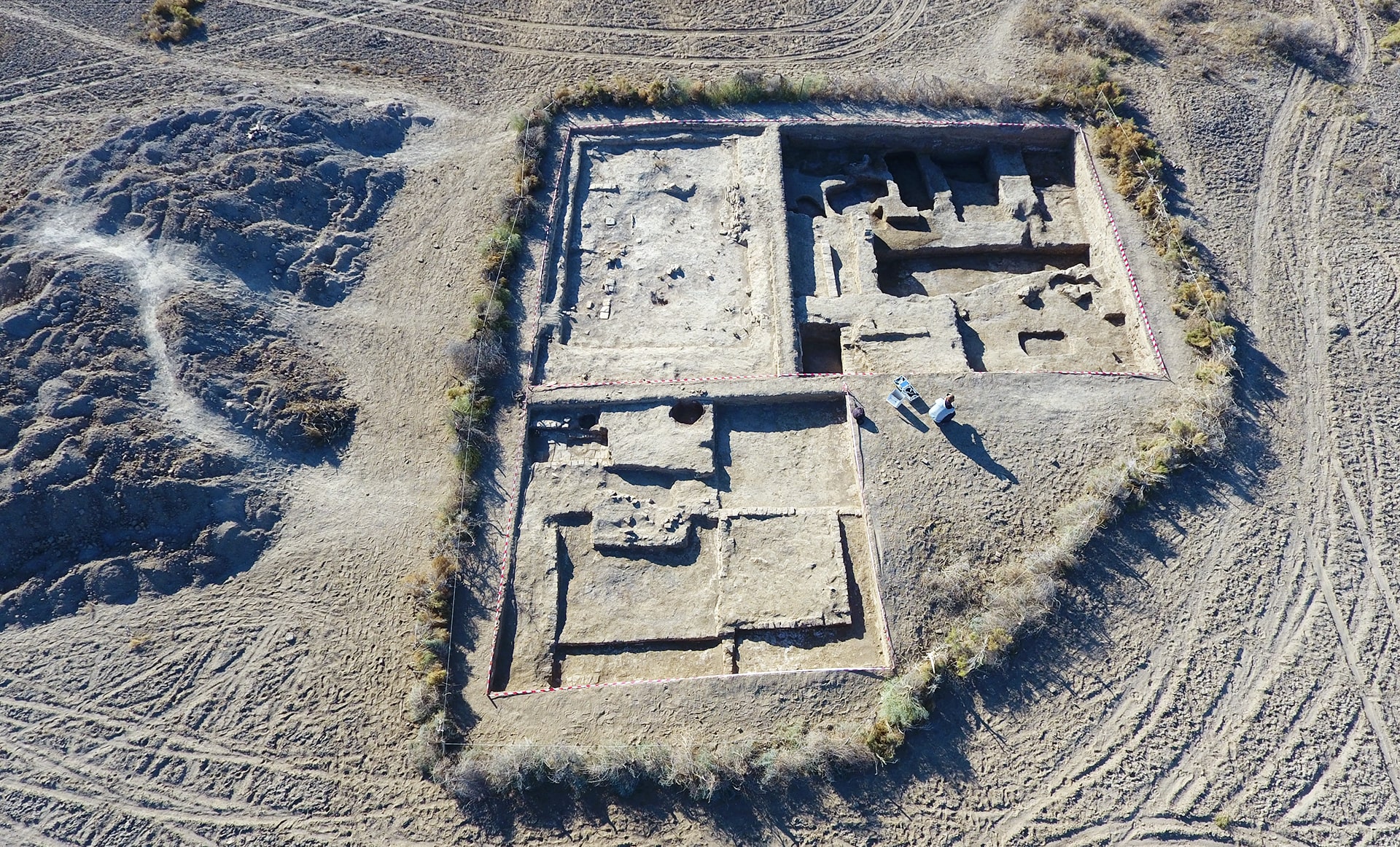"Conducting applied research on the history, ethnography, art and culture of nomads"
In the 2010-2014 research for the project "Conducting applied research on the history, ethnography, art and culture of nomads" was conducted.
Actuality: due to the long overdue need for a comprehensive study of the historical place names of nomads as a highly complex scientific problems that required an integrated multidisciplinary approach based on the close cooperation of specialists in different fields - historians, linguists, linguists, anthropologists and scholars of natural science cycle, including geologists, geography and biology.
Objective: To study the rich past of the nomadic Kazakhs society: the system of people's geographical names as an essential component of the spiritual culture of nomads - Kazakhs and other nomadic peoples of Central Asia, revealing specifics orientation nomads in geographic space; genesis and socio-cultural functions of the traditional use of Kazakh tribal characte tamgas; as well as the coordination of research in the field of search for the historical geography, ethnography, linguistics, history, architecture of nomads, the popularization of memorable historical sites and monuments of history and culture of the nomads of Kazakhstan.
Tasks:
- examination, classification and structural analysis of the proper names of various objects of natural landscapes, memorials and monuments of material culture in the territory of Kazakhstan;
Studying of written sources and scientific literature on the historical toponymy nomads of the region;
- study the range of names of geographical features;
- survey strategies of nature nomads and economic development of various natural and scenic areas in the territory of Kazakhstan;
- examination of nomenclature of tribal naming of Kazakh ethnic group;
- inspection, identification and examination of identification tribal TAMGAS and epigraphic texts in various immovable monuments of material culture of Kazakhs and other nomadic peoples of Kazakhstan;
-publishing special general works on the historical toponymy of Kazakhstan, on the origin and evolution of the system of tribal marks Kazakhs and other nomadic
peoples of Central Asia, such as "A Brief encyclopedia of historical place names of Kazakhstan" and "Encyclopedia of Kazakh tamga".
Scope: the results obtained in the study may be of interest to specialists and historians, culture experts, anthropologists and geographers, teachers of universities and schools, employees of cultural and educational institutions and a wide range of readers.
The results of the 2010-2014 project. "Conducting applied research on the history, ethnography, art and culture of nomads":
The main result of the practical implementation of the tasks was the preparation of a group of researchers and the publication of a synthesis of reference and information on the labor folk toponymy Kazakhstan. It includes 270 scientific opinion articles about specific place names that were in the historical past lexical signs markers mastered steppe nomads geographical space. Taken into account in the preparation of the "Dictionary" common set of geographical names includes six categories of proper names:
- The names of the major elements of the relief, natural landscapes and water bodies of trans-regional importance (Altay, Tianshan, Betpakdala, Saryarka, the Caspian Sea, the Aral Sea, Balkhash, Irtysh, the Syr Darya, Zaisan, etc.);
- The notion of designating geographical entities intra-scale and importance (medium-high mountains and hummocky arrays, internal flow of rivers, lakes, tracts, etc.);
- Anthroponomyms (Malaysary, Zhasybay, Bokenbay, Eset, etc.);
- Klionimyms, i.e, place names linked to major historical events (Kalmakkyrgan, Sumkayty);
- dissappeared at different times from the Kazakh toponymy name of landforms, bodies of water and land communications nomads (Sharabel, Aksakalbarbi, Itishpes-Alakol Abylayzhol, Nogayzhol, Big Kalmyk road etc.), as well as some urbonimyms (Sauran Sygnak, Zhankent et al.).
The authors of this publication are hoping that it will be necessary and useful tool for researchers of history and historical geography of Kazakhstan, teachers of universities and schools, employees of cultural and educational institutions and a wide range of curious readers who can not only take specific information about difficult-to-understand folk place names, but also more deeply into the rich heritage
of diverse spiritual culture of the nomads of the Eurasian Heartland, and, consequently, enrich spiritual world hidden from touching the surface of a moving sight treasures of great historical past. The use of materials presented in this book of folk place names and their location on the territory of our region will fill the existing gaps in scientific works, textbooks and popular scientific publications on the history of individual regions and the regions of Kazakhstan.
Funding for the research project is carried out by the Ministry of Culture and Sports, and paid for by the program-targeted financing of the Ministry of Education and Science of the Republic of Kazakhstan.






